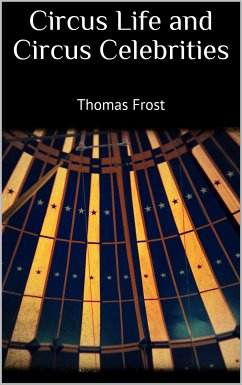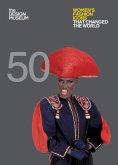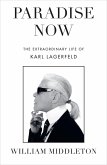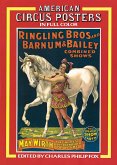Considering the national love of everything in which the horse plays a part, and the lasting popularity of circus entertainments in modern times, it seems strange that the equine amphitheatre should have been unknown in England until the close of the last century. That the Romans, during their occupation of the southern portion of our island, introduced the sports of the arena, in which chariot-racing varied the combats of the gladiators, and the fierce encounters of wild beasts, is shown by the remains of the Amphitheatre at Dorchester, and by records of the existence of similar structures near St Alban’s, and at Banbury and Caerleon. After the departure of the Romans, the amphitheatres which they had erected fell into disuse and decay; but at a later period they were appropriated to bull-baiting and bear-baiting, and the arena at Banbury was known as the bull-ring down to a comparatively recent period. An illumination of one of the Anglo-Saxon manuscripts in the Harleian collection shows one of these ancient amphitheatres, outside a town; there is a single musician in the arena, to whose music a man is dancing, while another performer exhibits a tame bear, which appears to be simulating sleep or death; the spectators are sitting or standing around, and one of them is applauding the performance in the modern manner, by clapping his hands.
Bitte wählen Sie Ihr Anliegen aus.
Rechnungen
Retourenschein anfordern
Bestellstatus
Storno









